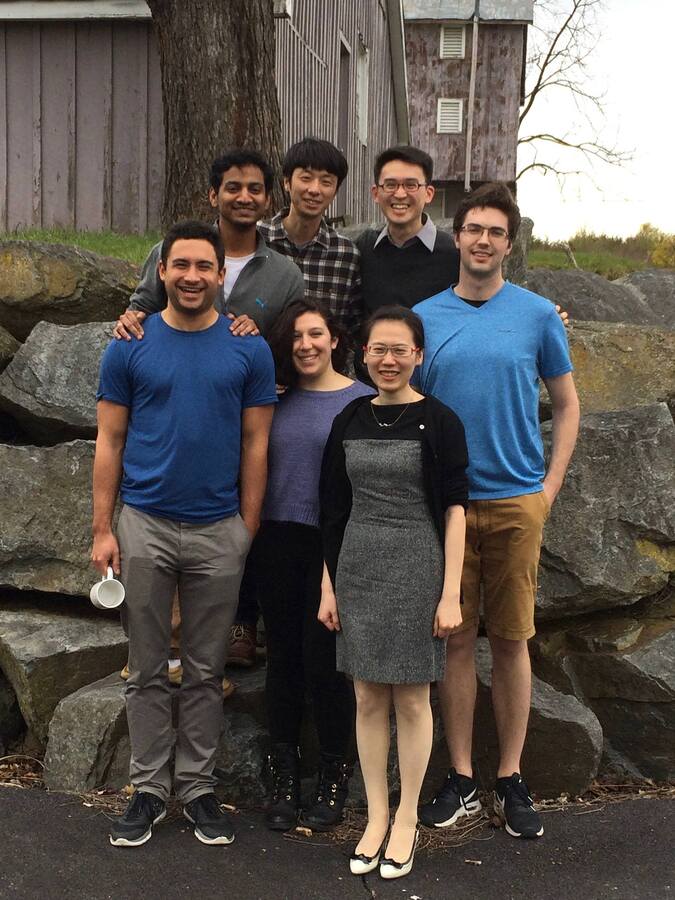X-domain: understanding the mechanism of viral infection
The findings, published in the Proceedings of the National Academy of Sciences, could be a first step toward developing drugs to treat or prevent diseases caused by alphaviruses and coronaviruses.
“The mechanism we’ve studied can be found in different viruses, with interesting leads on cracking the mystery for several unsolved diseases, as well as insights on basic viral mechanisms,” Leung said. “Now we are looking forward to using our findings to develop drugs and vaccines to stop the virus.”
Chikungunya comes from an African word for “to become contorted,” which describes the stooped appearance of infected individuals suffering from severe joint pain. The virus is typically found in Africa and Asia. However, outbreaks have been reported in Europe and the Americas since the year 2000.

Leung and his colleagues, in collaboration with team led by leading virologist Dr. Diane Griffin at Johns Hopkins, uncovered a fundamental mechanism that determines how dangerous the chikungunya virus infection will be. This mechanism depends on a class of conserved protein domains called macrodomains (also known as X-domains in many viruses) that are found in several viruses that cause human disease.
The team discovered an activity in the macrodomain that breaks the bond between proteins and a chemical group called ADP-ribose, which is believed to have antiviral properties. This bond-breaking ability is critical to enabling viruses to replicate in infected cells.
To learn this, the researchers created versions of the chikungunya virus with mutations that prevent the virus from being able to remove ADP-ribose groups from proteins. Without this ability, the virus did not replicate and could not cause an infection. If a different mutation was made that allowed for some, but not a lot of, enzymatic activity, the virus would replicate less well in the neuronal cells and in the mice.
“This shows us that the virus must break the bond between protein and ADP-ribose to cause infection – which gives us a road map for how to keep infected cells intact and healthy,” Leung said. ”The virus only removes the ADP-ribose groups from two categories of protein amino acids: aspartate and glutamate. This suggests that those amino acids originally linked to ADP-ribose may have some antiviral properties”.
The macrodomain in the chikungunya virus is similar in all alphaviruses, which encompass several viruses that have no cure or treatment such as Venezuelan equine encephalitis virus, and the Mayaro virus. It is also similar in all coronaviruses, which includes severe acute respiratory syndrome (SARS) and Middle East Respiratory Syndrome Coronavirus (MERS). Finding a treatment for one could greatly improve the ability to treat or prevent the others. It could also assist with outbreaks of new pandemics that could be from one of these or related viruses.
This is an exciting time for Leung and the team as they continue to unlock the chikungunya virus’ mechanisms. “It’s the science that led me here. I came from a basic science angle of the protein modification ADP-ribosylation, and I’m learning so much biology in viruses and really hope to translate this foundational scientific knowledge to therapy. This project allows us to use cutting-edge technologies we developed to study diseases with public health impact. This is a dream come true for every basic scientist!”